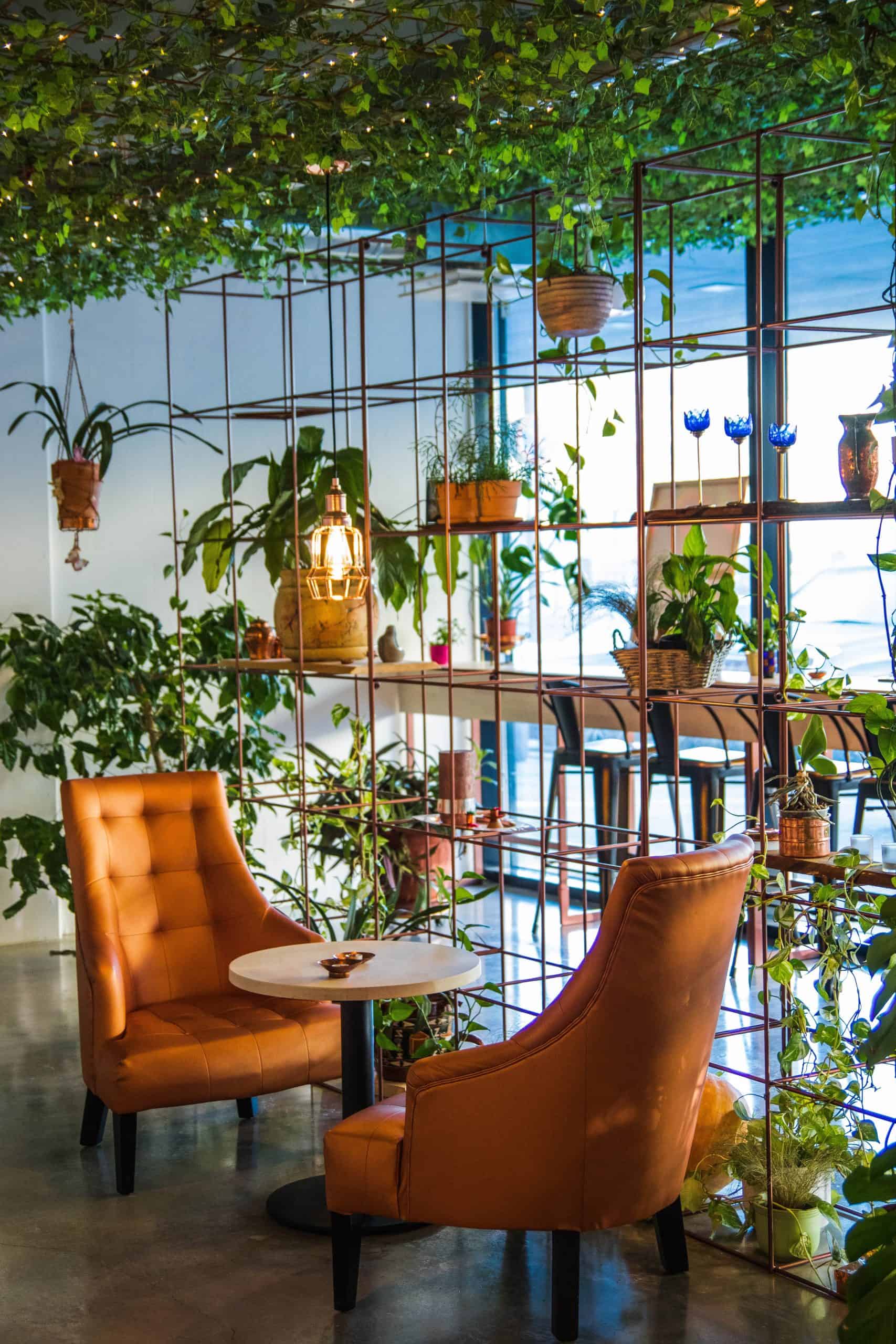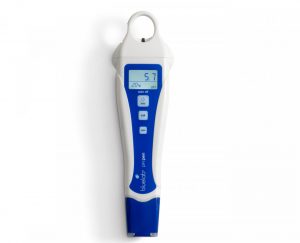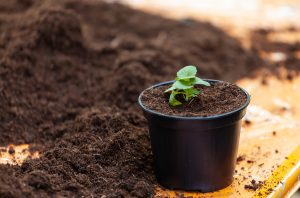Starting an indoor garden as a beginner can be easy if you know the right things and the right steps to take. No matter how small or big your garden is, there are essential and important things you ought to know. Additionally, there are important questions you need to ask yourself before starting. Below are the questions.
Where is Will Growing Your Indoor Garden Take Place?
The first step is deciding where to locate your garden. Knowing how much space you’ll need is important because it will determine the type of plant you will grow and your lighting options. If you have a big sunroom, windows, and plenty of space, you can plant anything you want and fix all the things needed for a healthy plant. But if you have a small windowsill for your garden, you can opt for smaller herbs.
What Will You Grow?
- The next thing is choosing what you want to plant in your garden.
- Do you want a very small herb garden in your parlor to add a fresh scent to the air?
- Are you raising little seedlings that will be moved outside later?
- Try and figure out what you want to plant so you’d understand what to do to fulfill the needs of the plants.
Some plants are very easy to grow than others. Some plants need more light and attention than others. If you want to start something easy, you can start something like peace lilies, cacti, Aloe Vera plants, and philodendrons. If you’re opting for something hard a little, be prepared for lighting, nutrients that they will need. Also, note that growing some plants from seeds may have different lighting and care than starting with a well-grown plant.
What Will You Make Use Of To Grow Your Garden?
You can make use of regular garden pots purchased from the garden store. You can also use different objects from around your house to create something unique and beautiful. Whatever you make use of, make sure your container has a drainage system (even if it’s just a single hole in its bases) to allow excess water to flow if needed.
How Will You Put Light Into Your Indoor Garden?
What you’ve decided to grow and where you’ll grow it will determine how much lighting you’ll need. Many indoor plants thrive in little indirect light from a window close by. Flowering plants need more sun, which means they need to be very close to the window as much as possible.
If natural light is not available, you can make use of fluorescent, HID, or LED grow light to give your indoor garden the light that it requires. For small gardens, you can make use of inexpensive clip light that can be hooked on to shelves and desks.
Many grow light are full of the spectrum, and they will supply your plants with the ideal amount of light to allow them to grow well and healthy. Blue light is quite important for plant growth, and the red light helps your plant produce nice and beautiful flowers and fruits. Most plant benefits from the full spectrum at all times, but different stages of growth for specific plants could benefit from one or the other at a specific or certain time. Investing in a grow light that helps you control the blue and red light independently could be of benefit to your garden.
When and How Often Should You Water Your Garden?
Watering your plants sounds very simple, but there are few things you need to know and understand before you start pouring water. This is because if you don’t water your plants well, you can damage the plants. Some plants need a lot of water-soaked down to the bottom of their roots, while some plants require very little water. Make sure you understand the specific watering need of your plant and do well to create a watering schedule around them; that way, your plant will grow well to its real shape and size.
Overwatering your plants can hinder them from getting access to the nutrients they need from the soil and could kill them. Using a pot with a drainage hole can help you drain off excess water.
For most plants, it is ideal to have a watering schedule. Having a watering schedule will help you met with the needs of each plant. Some plants would prefer to be watered from their base, and it will not be ideal if you water their roots only.
Note: Bottom watering is a procedure where water is poured into the pot through the drainage hole. This can be done either by filling the drip tray or by placing the plant in a container of water and filling it halfway up the pot.
Allowing the water to soak up into the lowest roots will keep and shield them uniformly moist. However, doing this will not wash away the salt and mineral deposits present in the soil over time. Giving the plant deep water from the top of the soil about once a month will remove these materials and rinse the soil.
Sit Back and Watch Your Indoor Garden Grow
Watching your plant growth is the last step in growing a healthy and good looking garden. This stage looks very simple, but it is very important. With the leaves and shoots, you can always tell if your plants are growing well or not. If your plant’s leaves are brown and crunchy, they may need more water. If your plants are not growing the way it should (whether it’s not growing bigger or it is not bringing flowers), they may not be getting enough nutrients or light. Pay careful attention to what your plant is telling you through their appearance. This will help you make adjustments. If you notice one strategy is not working, you can try another.
In conclusion, growing flourishing and vibrant indoor garden doesn’t have to get complicated. You need to understand the need of your plant is and set up your garden per its needs. With a bit of care and knowledge, your indoor garden will be bubbling with nice fruits and flowers.




